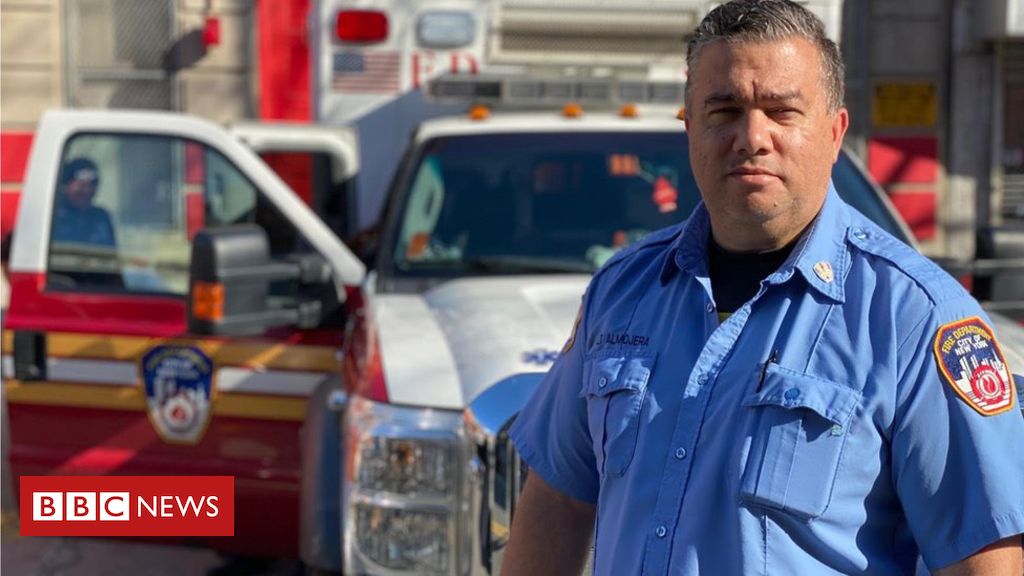
Image copyright
Susan Ormiston CBC News
Anthony Almojera says he saw more cardiac arrests in two months than he had in the previous five years
It was the worst day of Anthony Almojera’s career.
In just one shift in early April, the veteran New York City paramedic had to tell a dozen families that a loved one had died from suspected coronavirus. But in the days that followed, this became his grim routine.
When we first spoke to Anthony nine weeks ago, New York was at the forefront of the global Covid-19 pandemic, with the state reporting more diagnosed cases than any single country.
Anthony, a lieutenant paramedic and vice-president of the Fire Department of New York’s Emergency Medical Services (EMS) officers’ union, talked us through the realities of a shift at a time when calls were at a similar volume to the day of the 9/11 terror attacks.
Since then, five of his colleagues have died. Four contracted coronavirus and one took his own life after telling co-workers he was struggling to cope with all the death he was seeing.
More than two million people in the US have been infected with coronavirus, and more than 30,000 in New York have died. This death toll is more than in Spain or France, two of the worst-affected countries.
The number of coronavirus-related deaths in New York is decreasing, with 36 reported in the state on Wednesday – one of the lowest daily totals since the pandemic began.
While paramedics in New York City are continuing to respond to patients showing symptoms of coronavirus, the volume of calls they are receiving is back to normal levels, and restrictions put in place to stop the spread of the virus are beginning to be eased.
But Anthony, 43, is still coming to terms with what happened.
Image copyright
Getty Images
A navy hospital ship was docked in the city during the peak of the crisis
At the height of the health crisis in New York, he says he was responding to between nine and 13 coronavirus-related cardiac arrests a day, on top of “normal” call-outs.
“As a medic you see death, it’s one of the things you have to navigate and deal with, but I went to more cardiac arrests in the past two months than I have in the past five years,” he says. “The overwhelming majority of them were from Covid-19.”
In one case, he went to a house in the Bronx where he was told a woman was lying unwell on a couch. When he walked into the room, he knew instantly there was nothing he could do – she had been dead for a long time.
The woman had been diagnosed with coronavirus and had been cared for by her son, but that day only her daughter-in-law was in the house.
“I said ‘What about your husband, how’s he doing?’ and she goes ‘He died in hospital last week’. The woman died without knowing that her son had passed away,” he recalls.
While the majority of coronavirus patients Anthony saw at the height of the health crisis were over the age of 50, they were not all in higher-risk categories.
In another case, he was called to the home of a 31 year old man who had been showing all the common symptoms of coronavirus before he stopped breathing.
His family told Anthony the man had continued to show up to his job at a grocery store despite being unwell because “he couldn’t afford to be sick” – he was scared of losing income that he needed to support himself and his seven year old daughter.
In the house, the crew managed to get a pulse back and Anthony was hopeful that because of his age the man would survive. Anthony learned later that day that the man had died.
Anthony’s experiences were shared by first responders across the city, as New York struggled to deal with an onslaught of coronavirus cases in April.
Funeral homes were overwhelmed. A navy hospital ship was docked in the city to ease pressure on local hospitals, though it ultimately received fewer than 200 patients. Wooden coffins were stacked in deep trenches on Hart Island.
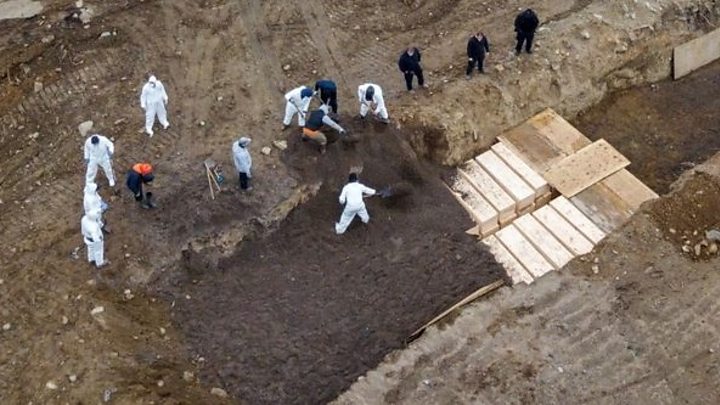
Media playback is unsupported on your device
Anthony himself had to pronounce dead too many people with coronavirus symptoms to count them all, but each fatality left its mark.
“As a medic, we’re good at saving lives and we know if we didn’t get someone this time we’ll get them next time, but with this pandemic we weren’t getting them,” he says.
“And then we started seeing our co-workers get sick in substantial numbers.”
At the height of the health crisis, Anthony says about 25% of the 4,200-strong workforce was out sick – almost all of them with coronavirus symptoms.
“The sick leave report is usually about a page long. We were getting sick leave reports that were 10 to 12 pages,” he says.
He estimates that more than 50 of his colleagues were admitted to hospital. A few remain in hospitals or rehab centres today.
One death hit Anthony particularly hard – that of his former partner Gregory Hodge, who died of Covid-19 in April, aged 59.
Gregory was a veteran emergency medical technician, and was involved in recovery efforts following the 9/11 attacks.
He was a determining influence on Anthony’s own career.
“He was a pilot and a respiratory therapist. When we first started working together I told him he could make way more money doing those things, and he said: ‘Anthony, I do those things on the side so I can pay the bills. I do this because I grew up in Harlem and I get to help my community in my way.’
“That really taught me something. Here’s a guy who has the brains to do whatever he wants and he’s choosing to do this. He does it because he’s serving the community he was raised in. That’s me now – I get to serve the community not too far from where I grew up.”
Like many people in New York and around the world, Anthony and his colleagues struggled to say goodbye to those they lost at a time of social distancing.
“Normally when someone dies in the line of duty you get to really gather and be there for each other and give the person a genuine tremendous send off and really coalesce around each other,” he says.
“Because of the pandemic we couldn’t do that. Everything was done on video and from a distance. Everything was sterile when really those moments shouldn’t be sterile. Those moments should have people with their arms around each other.”
New York City began easing its coronavirus restrictions this week. Construction and manufacturing re-started, and non-essential retailers reopened, offering kerbside pick-ups.
But as the city around them begins to re-open, Anthony and his colleagues are still dealing with the weight of all they have witnessed.
“To have a front row seat and see it and experience it first hand – I try to not let it get me numb and non-emotional, that’s a warning sign for healthcare workers when you don’t feel it any more. I haven’t gotten to that place. But I have struggled with feeling depressed.”
One of the biggest lessons that Anthony has taken from the pandemic is that “compassion has a limit”.
“I used to think I had all the compassion in the world to give. I didn’t realise that in my lifetime I would have to give 90% and keep 10% for myself…There’s a limit to being able to give and help people, while still being well mentally,” he says.
And despite the number of calls dropping significantly, paramedics in the city cannot escape the pandemic.
“There’s still Covid all over the news, and Covid is booming in other parts of the world and we’re still seeing spikes in parts of the United States, so the people who are struggling mentally with what we went through and trying to recover from it don’t have that gap in time to start the recovery process.
“We still have some cases even though rates of hospitalisation have gone down. It’s just a constant thing. And we’re all concerned about it coming back,” he explains.
And with anti-racism protests sweeping the US and countries around the world after African-American man George Floyd was killed in police custody, there has been even less time for EMS workers to process what has happened.
Image copyright
Supplied
Anthony says he and his colleagues have gone from “Covid to Kevlar”
Anthony says he and his colleagues have gone from “Covid to Kevlar” as they don bulletproof vests while responding to the demonstrations.
He is concerned about the impact a potential second wave of coronavirus could have on the EMS. But if it happens, he says he is ready to respond.
“If there’s a second round of this, we’ll do it. We’ll put our boots on one at a time and let’s go.”

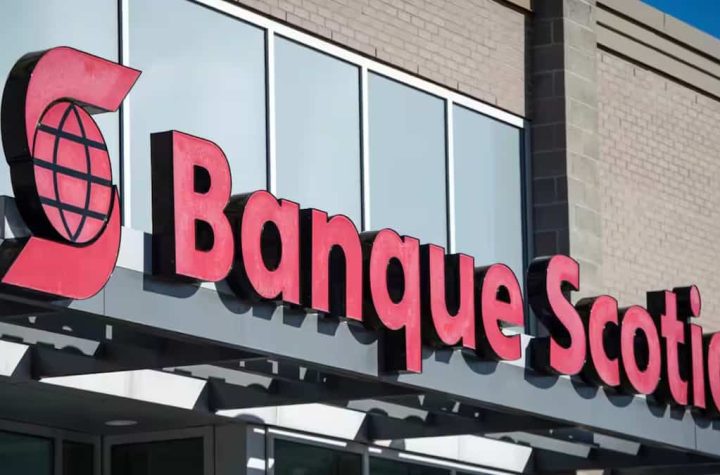
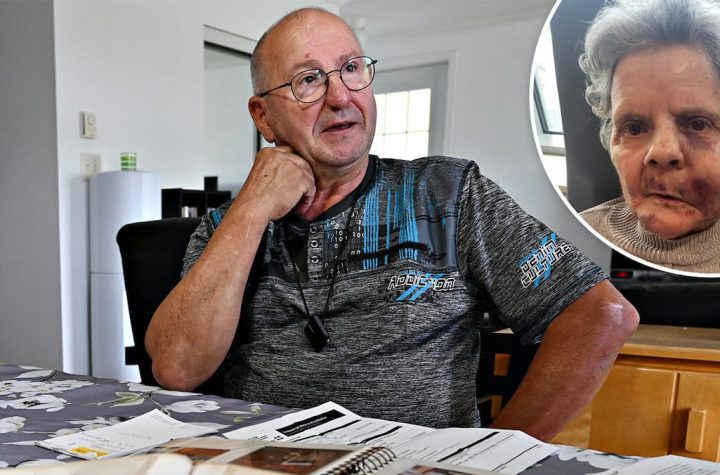
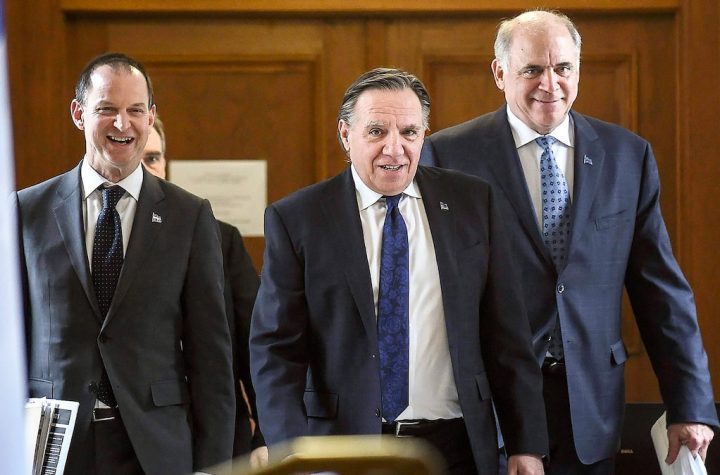
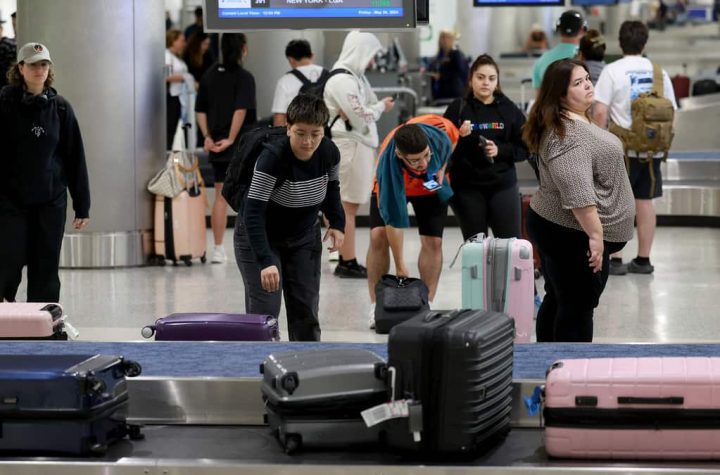
More Stories
Buy Instagram Followers and Likes: A Detailed Review of InsFollowPro.com
Things to Consider When Going with Sliding Patio for Backyard
Where to Start Automation. Monitor Stands